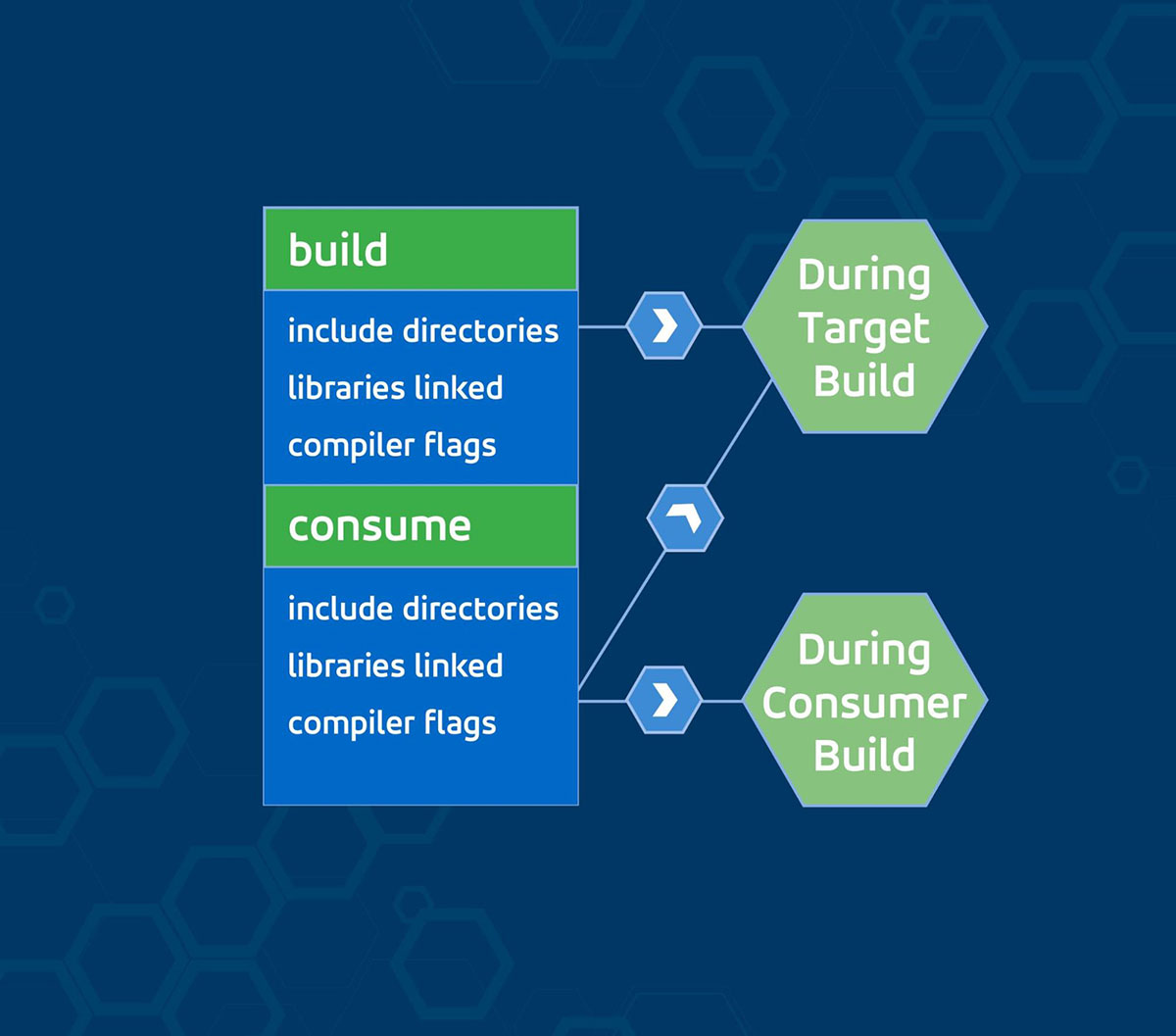Understanding the Importance of the Build System Target Model

The world of C++ development is no stranger to challenges, particularly when it comes to managing build systems. As highlighted in the 2023 C++ Developer Survey, key concerns for developers revolve around managing dependencies, setting up CI/CD pipelines, configuring toolchains and IDEs, and improving build times. In his presentation at the 2024 C++Now conference, Bill Hoffman, a co-founder of Kitware, delved into how a better understanding of the “target model” can address many of these pain points.
The target model is a modern approach to build systems that focuses on creating a graph of interconnected nodes, or targets. Each target represents a library, executable or other build product. Developers are able to specify the usage requirements for each target. This includes link, include, define and other compiler flags needed to both build and consume the library. This model allows the specification to be represented in only one location and it can be transitively applied to all consuming targets. This approach forms the backbone of modern build systems like CMake, Bazel, Meson, and Bjam, enabling features like transitive dependencies and consistent builds.
The Evolution of Build Systems
Since the inception of C++ in 1983, the complexity of software development has skyrocketed. Initially, developers used straightforward methods like makefiles or direct compiler invocations. However, as the need for software reuse grew, so did the necessity for more sophisticated tools. This evolution brought us to “Modern CMake,” introduced by the KDE/CMake community in 2012, which emphasizes the target model.
Early build systems relied heavily on flags, but Modern CMake shifted the focus toward specifying information for building and consuming targets. This paradigm change allows developers to streamline dependency management and enhance build consistency, laying the groundwork for innovations like the Common Package Specification (CPS) and C++20 modules.
Unlocking the Benefits of the Target Model
Adopting the target model is not just a technical improvement; it’s a necessary step to address the pressing issues that developers face today. As projects grow in scale and complexity, a systematic approach to building and maintaining them becomes indispensable. Here are the key benefits:
- Dependency Management: The target model simplifies dependency management by making it easier to define and manage relationships between components.
- C++20 Modules: The adoption of C++20 modules relies heavily on a robust target model for consistent builds across different environments.
- Sustainability: Modern build systems utilizing the target model foster long-term project maintainability, addressing one of the community’s top complaints.
- The Common Package Specification (CPS): This emerging standard benefits significantly from the principles of the target model, promoting interoperability and ease of use.
For a deeper dive into the target model and its transformative impact on C++ development, watch Bill Hoffman’s full presentation on YouTube: The Importance of the Build System Target Model.
Expert Help to Streamline Your Build Systems
At Kitware, we specialize in modernizing and optimizing build systems using tools like CMake. If you’re struggling with dependency management, CI/CD pipelines, or toolchain configuration, we can help. Contact us today to learn how we can streamline your development processes.